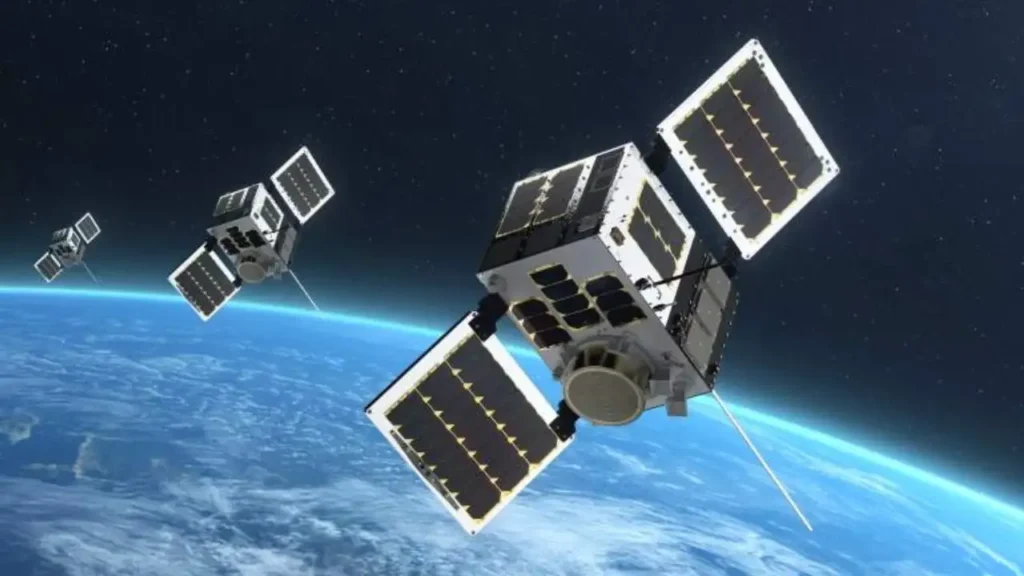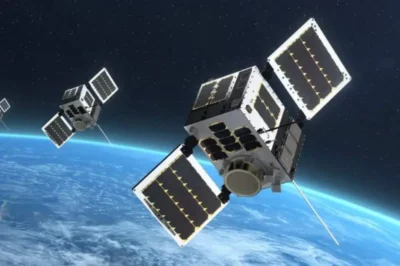
In a significant move to bolster India’s surveillance infrastructure, the United States has approved the sale of HawkEye 360’s advanced radio frequency (RF) geospatial analytics technology. This decision marks a pivotal step in enhancing India’s maritime domain awareness and aligns with the broader strategic objectives of the Indo-Pacific region.
Strategic Partnership with HawkEye 360
HawkEye 360, a U.S.-based company specializing in RF geospatial analytics, operates a constellation of satellites capable of detecting and characterizing RF signals from various sources, including vessels that have disabled their automatic identification systems. This capability is crucial for monitoring maritime activities, especially in regions where traditional radar systems may be ineffective.
India’s collaboration with HawkEye 360 is part of a broader initiative to strengthen maritime security in the Indo-Pacific. By integrating HawkEye 360’s technology, India aims to enhance its ability to detect and respond to illicit activities such as illegal fishing, smuggling, and unauthorized military operations in its maritime domain.
Enhancing Maritime Domain Awareness
The integration of HawkEye 360’s technology will significantly improve India’s maritime domain awareness. The RF data provided by HawkEye 360 will enable Indian naval and coast guard forces to monitor a wider range of frequencies, allowing for the detection of vessels operating without transponders or engaging in covert activities.
This enhanced situational awareness is particularly vital in the Indian Ocean Region (IOR), where strategic competition and security dynamics are rapidly evolving. By leveraging HawkEye 360’s capabilities, India can ensure greater transparency and security in its maritime operations, contributing to regional stability.
Collaboration within the Indo-Pacific Partnership
India’s partnership with HawkEye 360 is also a key component of the Indo-Pacific Maritime Domain Awareness (IPMDA) initiative, launched by the Quad nations – India, the United States, Japan, and Australia. The IPMDA aims to improve maritime security by sharing data and enhancing the collective ability to monitor and respond to maritime threats.
As part of this initiative, HawkEye 360 has been providing unclassified RF data to the Quad nations, facilitating a collaborative approach to maritime security. India’s active participation in the IPMDA underscores its commitment to a free, open, and inclusive Indo-Pacific.
Implications for Regional Security
The approval of this technology sale reflects the growing defence and security cooperation between India and the United States. By acquiring advanced surveillance capabilities, India is better positioned to address emerging security challenges in the Indo-Pacific region.
Furthermore, this collaboration sends a strong signal of shared commitment to upholding international maritime norms and ensuring freedom of navigation. As regional dynamics continue to evolve, partnerships like the one between India and HawkEye 360 play a crucial role in maintaining peace and stability in the Indo-Pacific.
Conclusion
The U.S. approval of the sale of HawkEye 360’s RF geospatial analytics technology to India represents a significant advancement in India’s surveillance capabilities. This partnership not only enhances India’s maritime domain awareness but also strengthens its strategic ties with the United States and other Quad nations. As India continues to modernize its defence infrastructure, collaborations like this are essential in ensuring a secure and stable Indo-Pacific region.








































Leave a Reply